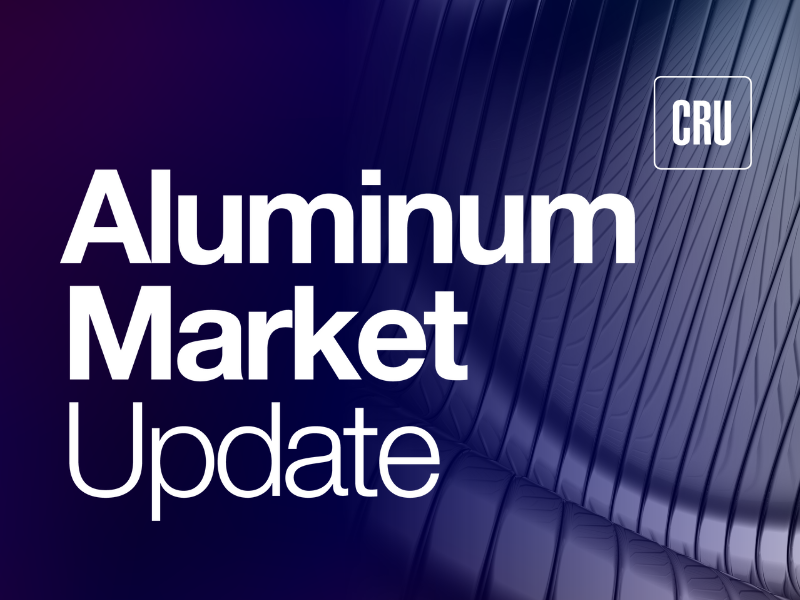AMU
August 12, 2024
Canada’s steel, aluminum industries call for tariff alignment with US
Written by Laura Miller
Canada’s steel and aluminum industries have joined forces to call on the government for the imposition of tariffs on steel, aluminum, and electric vehicles.
Catherine Cobden, president of the Canadian Steel Producers Association (CSPA), and Jean Simard, president and CEO of the Aluminum Association of Canada (AAC), released a joint statement on Aug. 8, taking aim at overcapacity in China flooding the Canadian market with cheap imports.
The two leaders called China’s overcapacity a “clear and present danger.” They urged the government to take action to “protect Canada from the real threat of unfair trade to our economic prosperity and to our trading relationships in North America.”
Cobden and Simard point out that Canada’s USMCA trading partners, the US and Mexico, have already taken action to restrict imports of Chinese steel and aluminum. They said this is the opportunity for Canada to align itself with its partners “to ensure we live up to the trade partnerships we have forged over the past decades.”
“Failure to act exposes Canada to becoming the North American entry point for steel, aluminium as well as EVs from China’s high carbon excess capacity,” the leaders stated.
They called for swift action and a holistic approach with one tariff package covering steel, aluminum, and EVs, aligned with the tariffs Canada’s largest trading partner, the US.
“Relying solely on the use of traditional trade remedy actions or lengthy investigations would leave Canada far behind its trading partners, and highly vulnerable,” they warned.
“A CUSMA full tariff alignment for aluminum and steel should be seen as part of a comprehensive package of measures including EVs to be put in place against China,” they stated. “For steel, at least 25% tariffs should be imposed on all melted and poured Chinese steel entering Canada. For aluminum, full alignment in scope and quantum with final US Section 301 tariffs on imports of Chinese aluminum products.”




